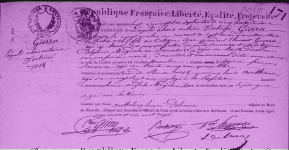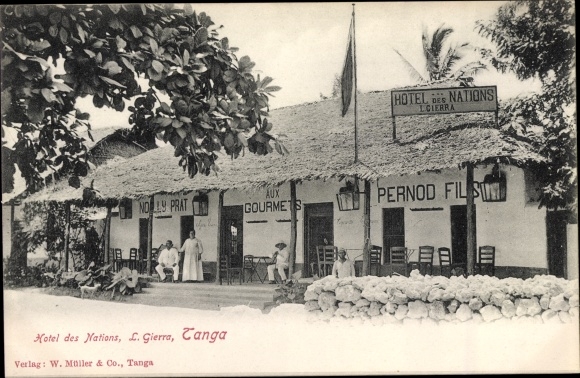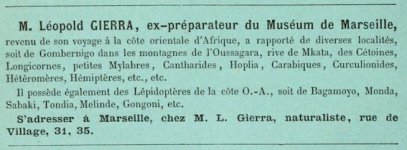Taphrospilus
Well-known member
Chaetura gierrae Oustalet, 1890 OD here
The Key to Scientific Names
Here Ch. Gierra as collector (Charles Gierra?).
Il y a quelques années, le Museum d'histoire naturelle de Paris a acquis de M. Gierra une petite collection de Mammifères et d'Oiseaux recueillis aux nvirons de Mombassa et dans la région située plus au Nord et formant le pays des Gallas.
The Key to Scientific Names
M. Gierra (fl. 1880) French collector in East Africa (syn. Telacanthura ussheri stictilaema).
Here Ch. Gierra as collector (Charles Gierra?).








